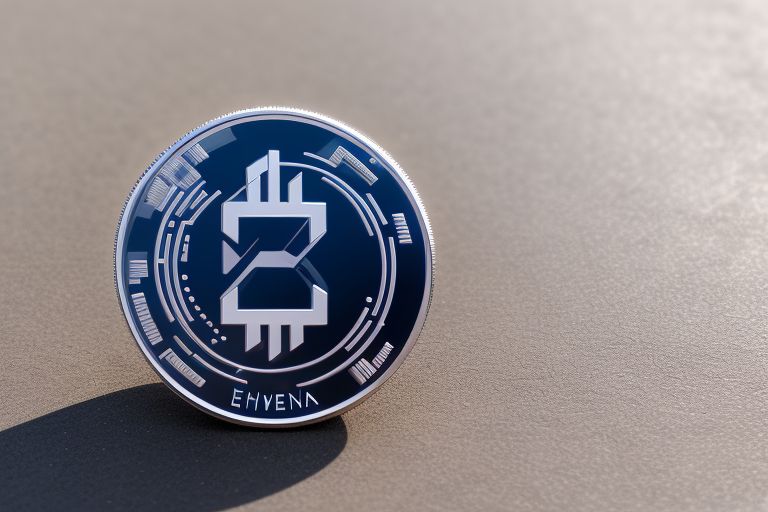Bitcoin, the pioneering cryptocurrency, has journeyed far from its roots as a digital alternative to cash, as envisioned by its enigmatic creator Satoshi Nakamoto. Fifteen years since the seminal white paper, Bitcoin’s evolution is not just a tale of technological innovation but a saga of shifting paradigms in the financial world. Nakamoto’s concept of a decentralized electronic payment system has burgeoned into a multifaceted asset, captivating and challenging the traditional financial ecosystem.
At its core, Bitcoin has remained faithful to the original blueprint: a proof-of-work blockchain that achieves consensus through the agreement of its nodes. Yet, the landscape in which it operates has undergone profound changes. Initially posited as digital cash, Bitcoin now finds itself compared to gold – a digital reserve asset prized for its scarcity and potential as a hedge against economic uncertainty.
One of the most notable deviations from Nakamoto’s vision has been in the realm of mining. Intended to be an egalitarian process where any individual could participate using a personal computer, mining has escalated into a domain of industrial-scale operations. The advent of mining pools and sophisticated hardware like ASICs has introduced a level of centralization antithetical to the decentralized ethos espoused in the white paper. These changes reflect a broader narrative of adaptation and professionalization within the Bitcoin network, as it gravitates towards efficiency and security at the cost of the widespread individual participation initially imagined.
Moreover, Bitcoin’s protocol itself has not been immune to evolution. Improvements like Pay to Script Hash (P2SH) and Segregated Witness (SegWit) have refined its mechanics, enhancing scalability and transaction efficiency. The Taproot update further exemplifies this ongoing refinement, enabling more complex transactions and greater privacy. These advancements are testament to the Bitcoin community’s commitment to innovation, ensuring the currency remains relevant and robust in a fast-changing digital economy.
Yet, perhaps the most striking aspect of Bitcoin’s evolution is its integration into the traditional financial system it once sought to bypass. The rise of exchanges, ETFs, and derivatives signifies a new era where Bitcoin interacts with conventional finance, offering both opportunities and contradictions. This integration is a double-edged sword; while it brings legitimacy and accessibility, it also introduces dependencies on the very institutions Bitcoin aimed to obsolete.
As we reflect on Bitcoin’s journey, it’s clear that its evolution is far from over. The cryptocurrency continues to adapt, influenced by technological advancements, regulatory shifts, and the ever-changing demands of its users. From mining pools to Bitcoin Ordinals, each innovation writes a new chapter in the story of Bitcoin, shaping it into an asset complex and diverse, reflective of the dynamic world it inhabits.
Bitcoin’s evolution from Nakamoto’s white paper to the present day is a testament to the enduring power of innovation and the unceasing quest for improvement. As it continues to navigate the challenges and opportunities of the digital age, Bitcoin’s journey remains a compelling narrative of transformation, resilience, and, perhaps most importantly, the relentless pursuit of a more inclusive and efficient financial future.
























+ There are no comments
Add yours